No, this is not Salvador Dali. It’s a mustached seabird, called Inca Tern. This unique species is endemic to Peru and Chile, and besides its white mustache that goes to both sides of its head, the bird can be recognized by the red-orange beak and feet.
This dapper chap is preened to perfection with its crisp white facial hair resembling a perfect handlebar mustache.
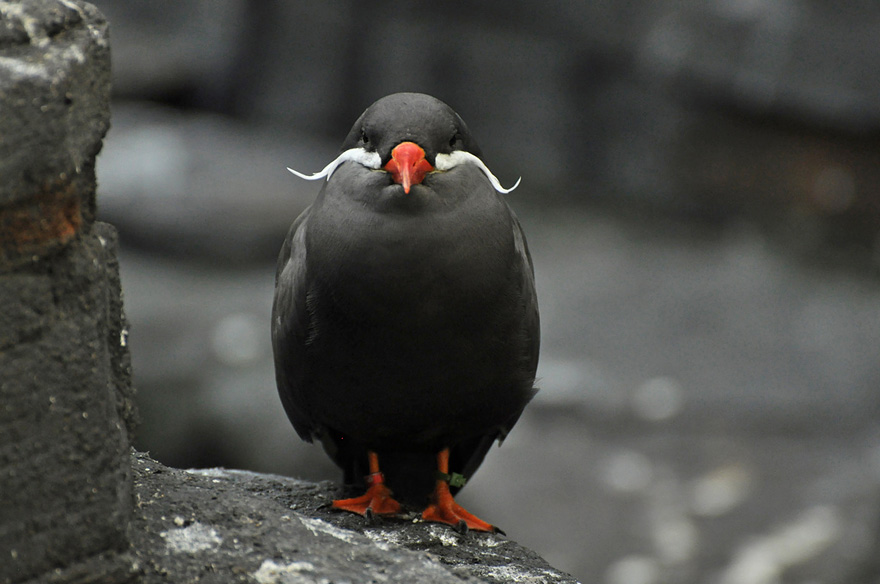
The Inca Tern’s curious plumage contrasts with its black body, red beak, and yellow facial markings. Photographer Kathryn Lisko snapped the bird at Milwaukee County Zoo in her home city in Wisconsin, United States.
The wildlife ecology graduate has been a regular visitor to the zoo for the last two decades. She said: ‘I have visited the aviary many times but never encountered these little terns before. I saw three Inca Terns relaxing on the path and their mustache feathers fascinated me as they posed for photos.’
She said one of the terns was so tame she was able to walk straight up to it, even when its friends had flown off. She added: ‘After I had taken a series of photos of the tern, a small dabbling duck waddled up the path. ‘He scared the tern off so that he could get to a piece of fish nearby on the stones. I have never seen a bird with mustache feathers before.
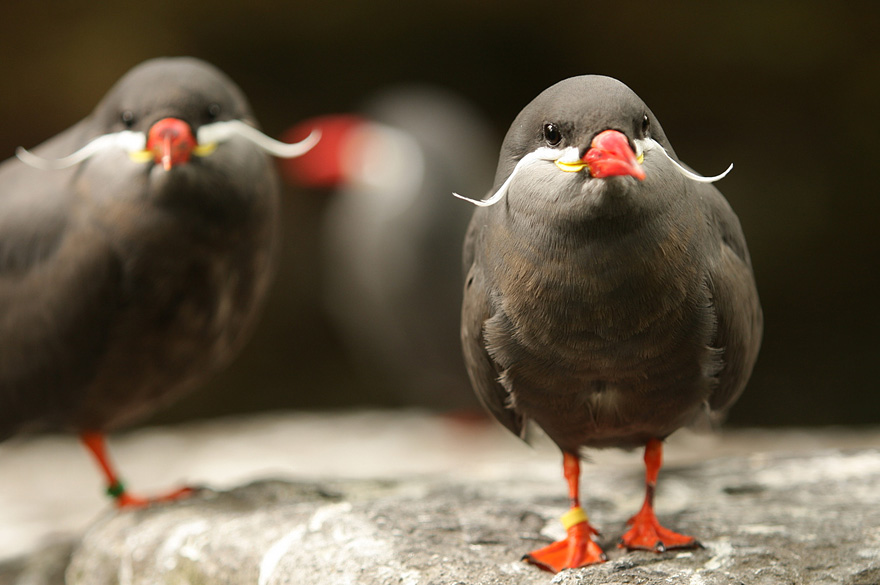
Image credits: Vemsteroo
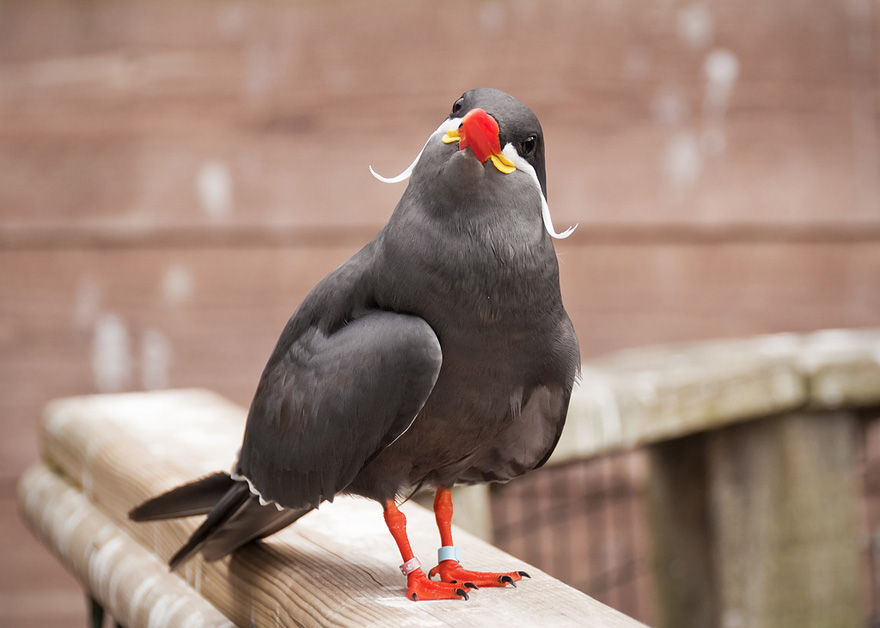
It’s Commonly Compared To The Iconic Facial Hair Of Salvador Dali
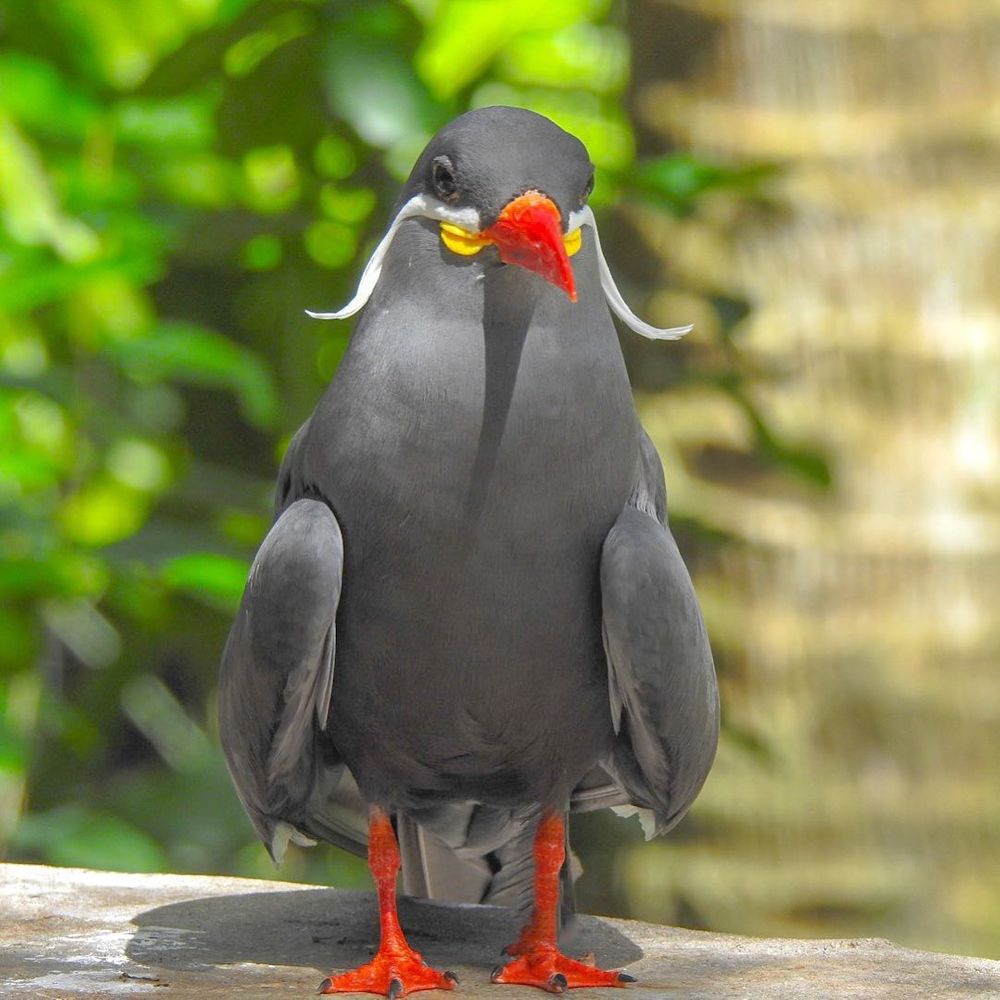
The species is found only near the cold waters of the Humboldt Current, where the birds feed on anchovies and other small fish. Specifically, they can be found at the Pacific coast from Peru to Chile; breeds on inshore islands and coastal cliffs Like Least Terns, Inca Terns feed by plunge-diving, and surface dipping. The birds also scavenge scraps from sea lions, dolphins, and fishing boats. Declining fish stocks are one of the reasons for this species’ population decline.
The Inca Tern’s elaborate courtship includes a “high flight,” with the male quickly ascending to several hundred feet, pursued by the female. Pairs choose a nest site in cliff hollows or fissures—sometimes even in the old nest burrow of a Humboldt Penguin. They often return to the same nest site for several years in a row, and both parents incubate and care for the chicks.
Which, Apparently, Is A Perfect Reference

Lookalike: The Inca Tern bears a striking resemblance to famous people with handlebar mustaches such as artist Salvador Dali, pictured
“Coastal Peru is a spectacular place to see vast numbers of Inca Terns and other seabirds such as Peruvian Boobies and Guanay Cormorants,” said ABC Vice President Mike Parr.
“It’s hard to imagine that there were once even more seabirds using these waters. The double-whammy of over-fishing and excessive guano harvest—which eliminates nest sites—has been compounded by the effects of the El Niño cycle, which affects fish stocks.”
Aside From Their Distinct Mustaches, They Have Yellow Wattles And Bright Red Beaks And Feet.
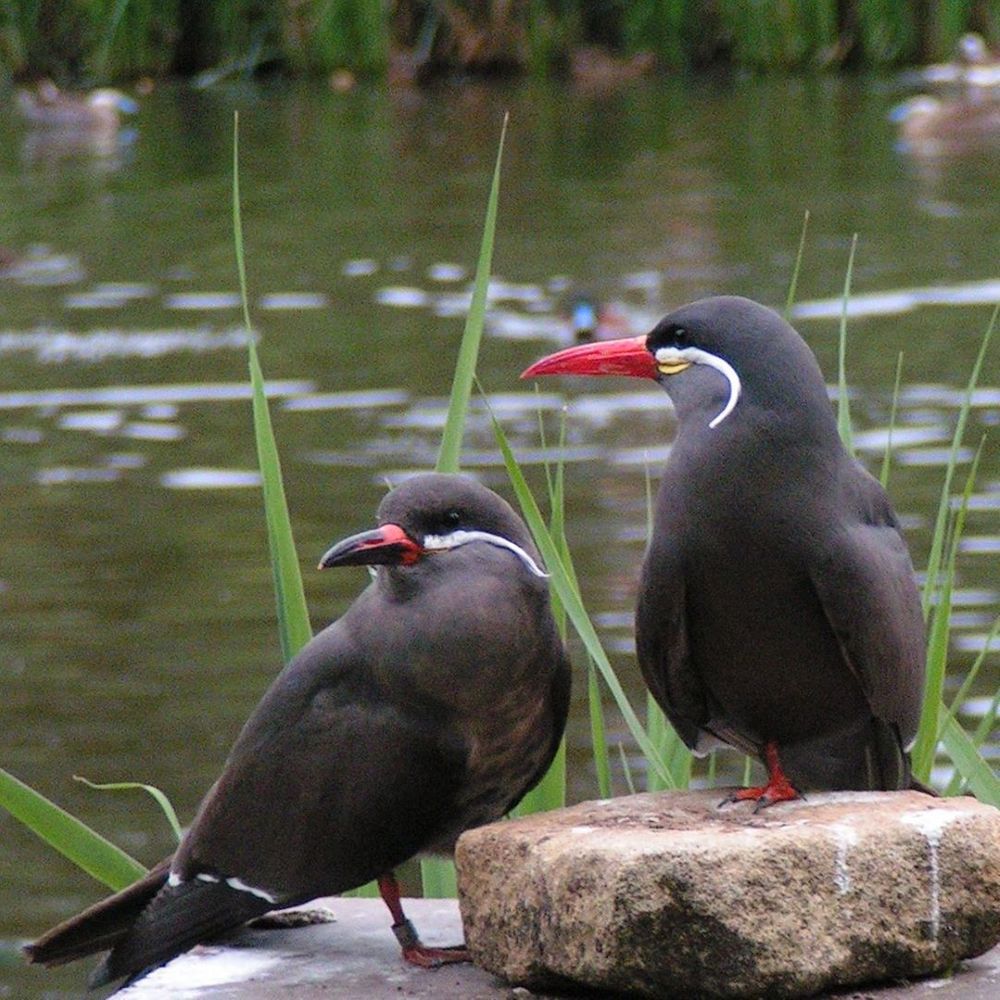
Rats, cats, and other introduced predators on some islands also affect nesting and breeding success. Islands are particularly susceptible to the effects of invasive species; for example, free-roaming cats have contributed to the extinction of 33 species on islands.
Following years of lobbying by in-country NGOs, the Peruvian government created the Guano Islands and Capes National Reserve in 2009, protecting Inca Tern as well as sea lion breeding colonies on 28 guano islands and cliffs along the coastline.
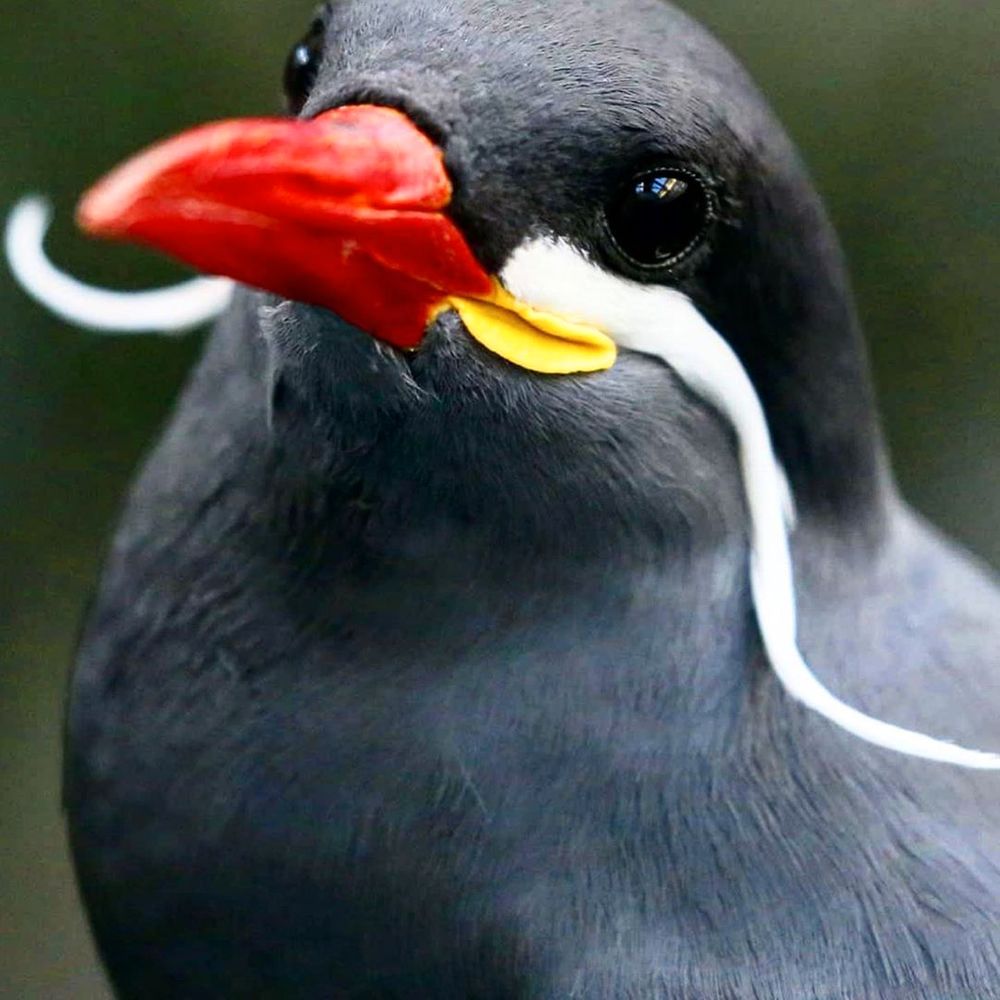
Both males and females look the same and it’s believed that the length of the mustache acts as a sign of health when choosing a mate.
Typically, pairs will stay together for a whole breeding season, though they don’t necessarily return to the same mate year after year.
Another Commonly Remarked Upon Feature Of These Birds Is Their Call.
It’s described as a “mew” similar to a kitten, though a loud one.
Photographer Kathryn Lisko snapped the bird at Milwaukee County Zoo in her home city in Wisconsin, United States.
The wildlife ecology graduate has been a regular visitor to the zoo for the last two decades. She said: ‘I have visited the aviary many times but never encountered these little terns before.’
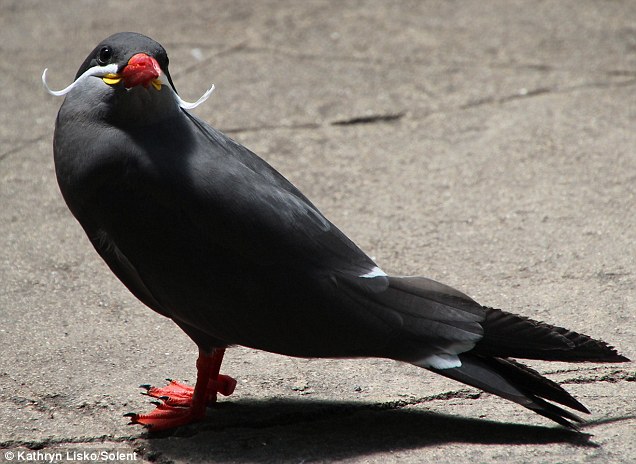
Distinguished: This Inca Tern was snapped at Milwaukee County Zoo. Its tousled white feathers contrast with its black body, red beak and yellow facial markings
‘I saw three Inca Terns relaxing on the path and their mustache feathers fascinated me as they posed for photos.
She said one of the terns was so tame she was able to walk straight up to it, even when its friends had flown off.
She added: ‘After I had taken a series of photos of the tern, a small dabbling duck waddled up the path.
‘He scared the tern off so that he could get to a piece of fish nearby on the stones.
‘I have never seen a bird with mustache feathers before. With my background in ecology, I am well aware that most features on an animal have some sort of purpose, if only as ornamentation to attract mates.
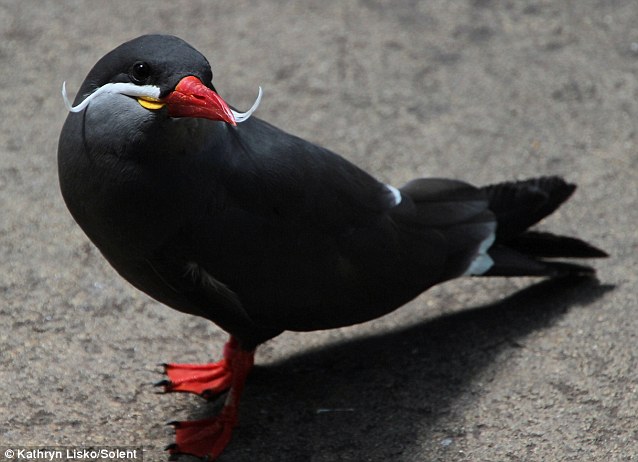
Elegant: The photos were taken by wildlife ecology graduate Kathryn Lisko at the Milwaukee County Zoo which she says has been one of her favorite places to go in the last 20 years
‘You have to wonder though, do these interesting feathers hinder the bird in any way? Are they used for more than show?’
The uniquely-decorated birds breed on the coasts of Peru and Chile, restricted to the Humboldt current.
The Inca Tern generally grows to about 41cm long.
The Sexes are similar with immature birds generally being purple-brown, gradually developing the facial plumes.
Kathryn added: ‘I got several fantastic photos that day and I am still thrilled about them.
Unfortunately, Inca Terns Are Listed As A Near-Threatened Species.
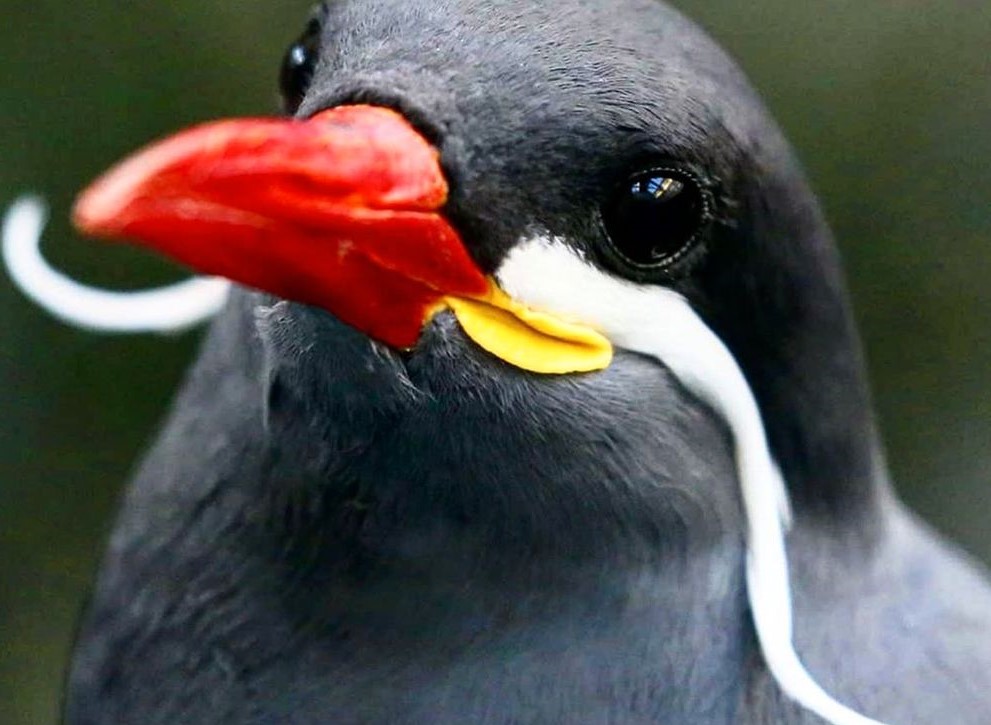
According to the IUCN Red List, the total Inca tern population size is more than 150,000 individuals. Currently, this species is classified as Near Threatened (NT) and their numbers today are decreasing.
Inca tern numbers are affected by food resources, as well as El Niño and other strong storms. Populations decline during such severe storms, though they fairly quickly become stable again. The biggest threat currently is over-fishing, as this reduces the fish available for the terns to eat. Production of guano can also reduce the number of nesting sites available, and cats and rats may eat eggs and chicks.
They eat anchovies and other small fish, competing with human fisheries for food, and their island nesting sites are often destroyed by the guano trade. Hopefully, conservation efforts will protect them from becoming endangered in the future.

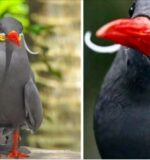

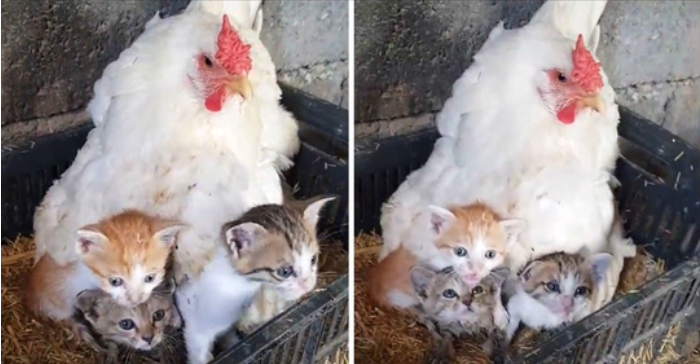

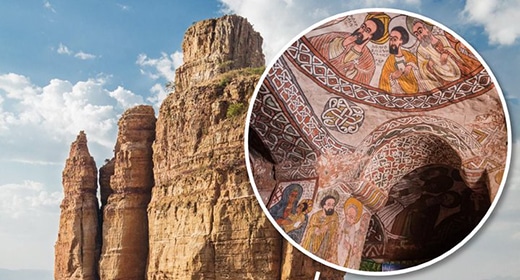
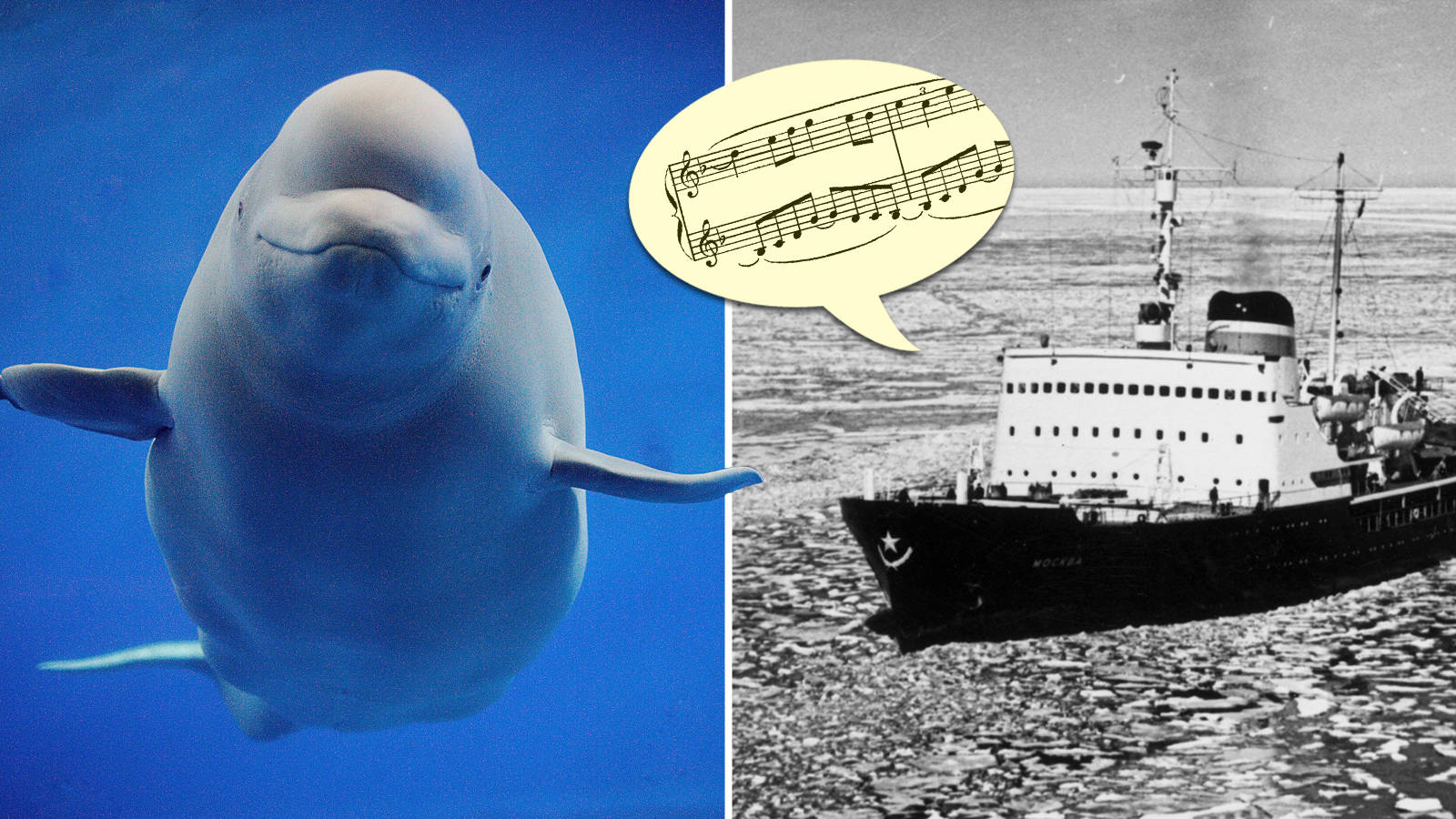
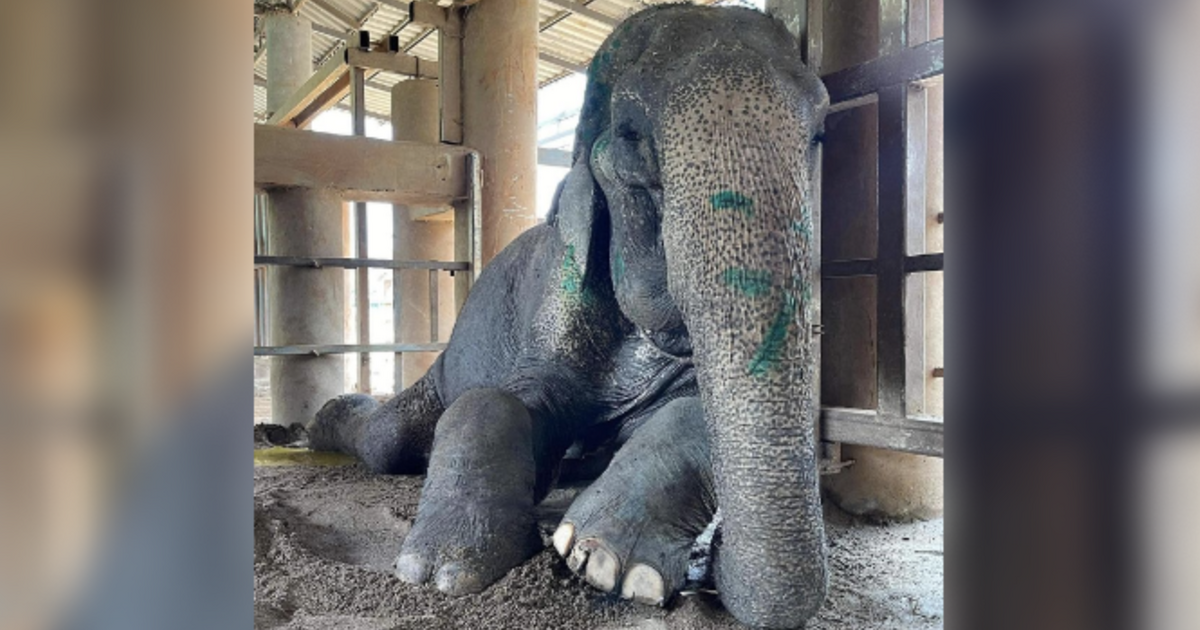
 Photographer Finds Locations Of 1960s Postcards To See How They Look Today, And The Difference Is Unbelievable
Photographer Finds Locations Of 1960s Postcards To See How They Look Today, And The Difference Is Unbelievable  Hij zet 3 IKEA kastjes tegen elkaar aan en maakt dit voor zijn vrouw…Wat een gaaf resultaat!!
Hij zet 3 IKEA kastjes tegen elkaar aan en maakt dit voor zijn vrouw…Wat een gaaf resultaat!!  Scientists Discover 512-Year-Old Shark, Which Would Be The Oldest Living Vertebrate On The Planet
Scientists Discover 512-Year-Old Shark, Which Would Be The Oldest Living Vertebrate On The Planet  Hus til salg er kun 22 kvadratmeter – men vent til du ser det indvendigt
Hus til salg er kun 22 kvadratmeter – men vent til du ser det indvendigt  Nearly Frozen Waves Captured On Camera By Nantucket Photographer
Nearly Frozen Waves Captured On Camera By Nantucket Photographer  It’s Official: Astronomers Have Discovered another Earth
It’s Official: Astronomers Have Discovered another Earth  Meteorite That Recently Fell in Somalia Turns Out to Contain Two Minerals Never Before Seen on Earth
Meteorite That Recently Fell in Somalia Turns Out to Contain Two Minerals Never Before Seen on Earth  Superknepet – så blir snuskiga ugnsformen som ny igen!
Superknepet – så blir snuskiga ugnsformen som ny igen! 
xvpekd